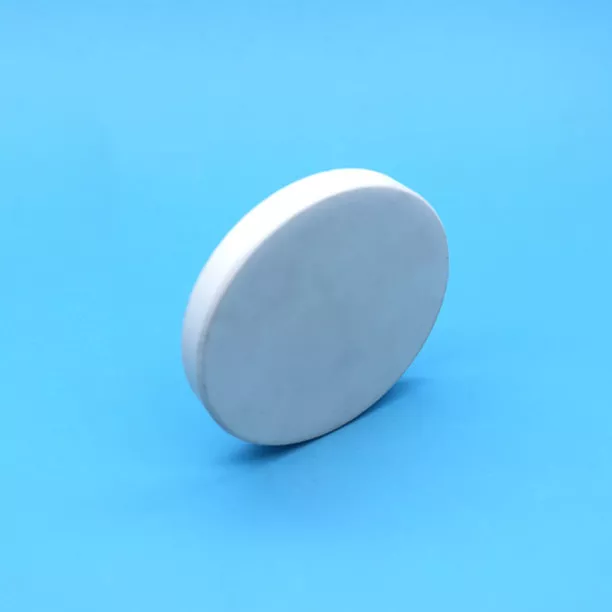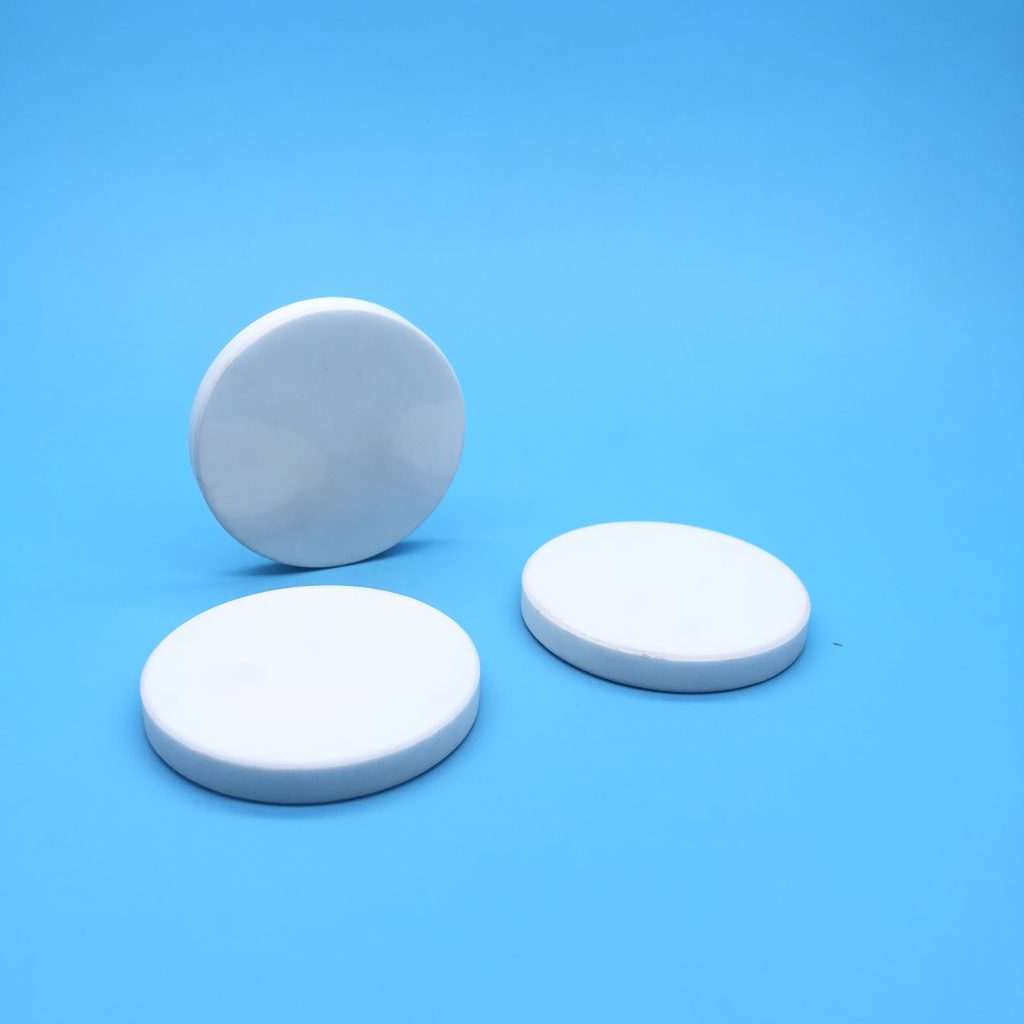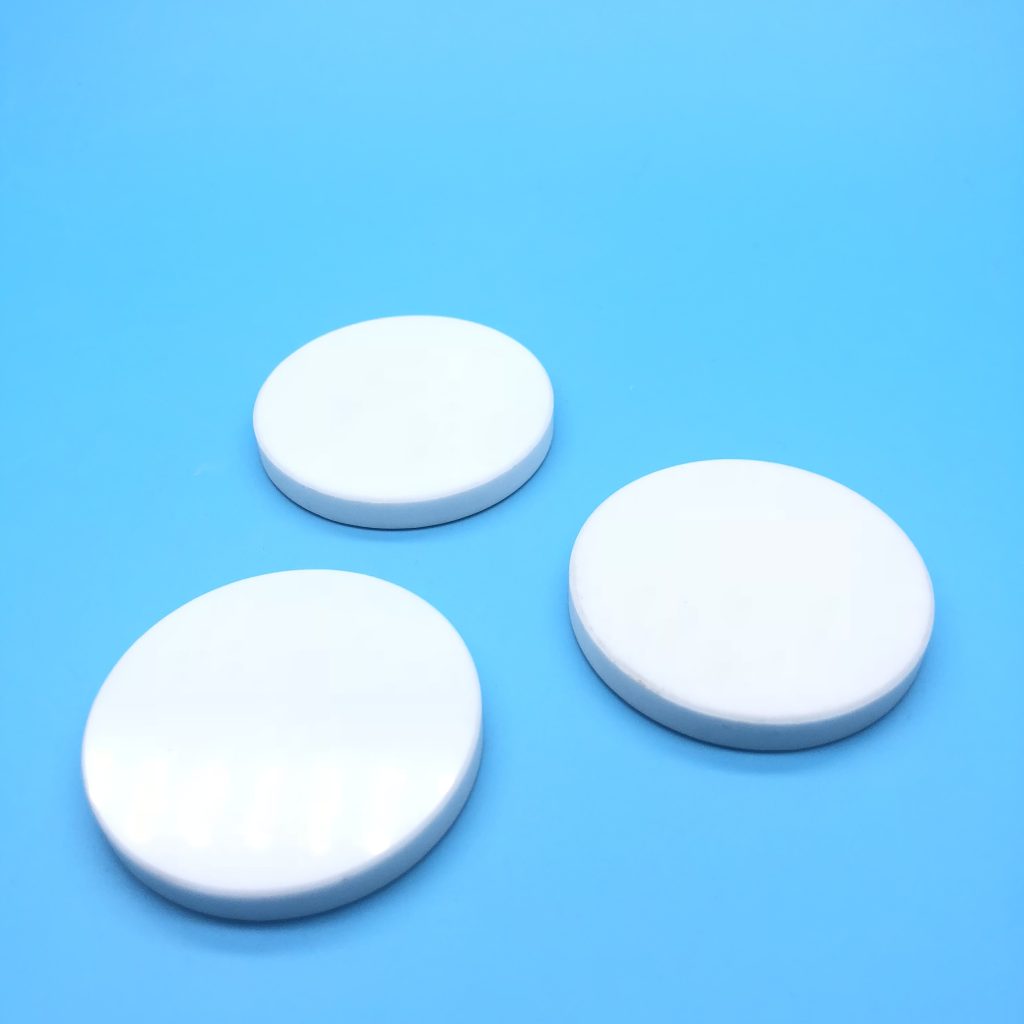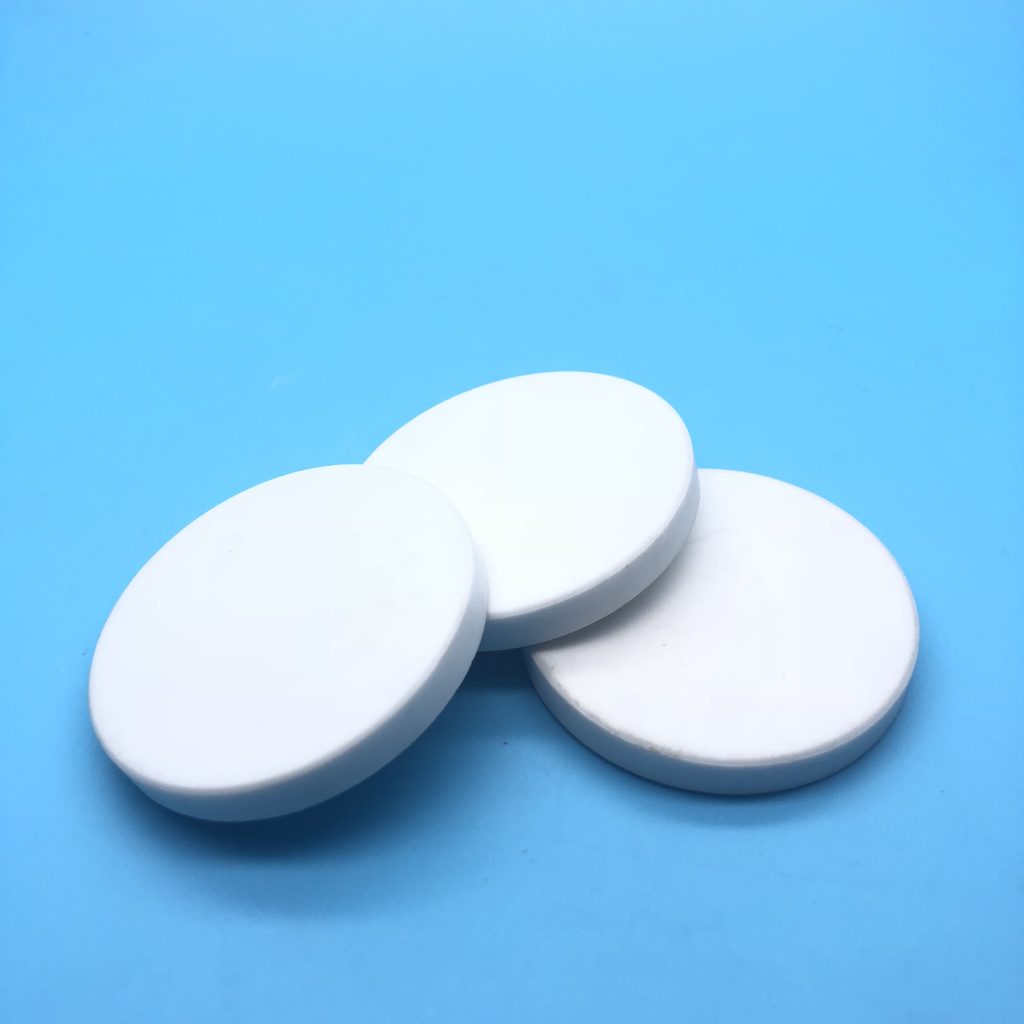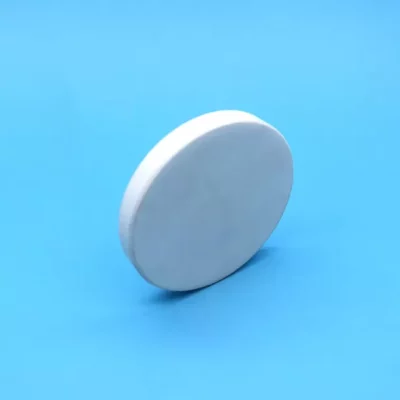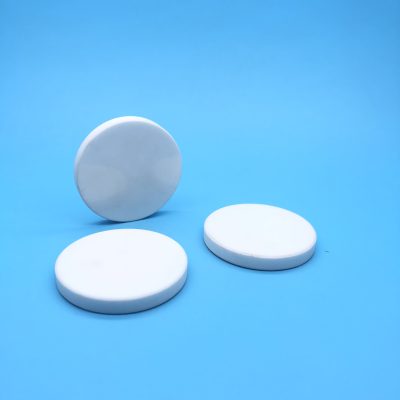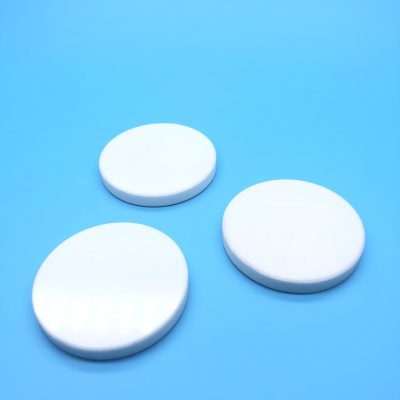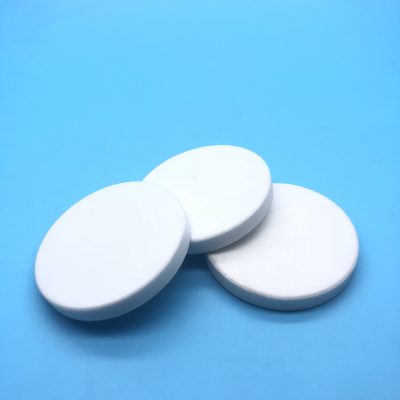XMCERA | Al2O3 Ceramic Sensor Body
– – – – – – – – – – – – – – – – – – – – – – – – – – – – – – – – – – – – – – – – – – – – – – – – – – – – – – – – – – – – – – – – – – – – – –
Alumina ceramics are the most common advanced ceramic materials and have been widely used in many industries, such as the electronic medical industry and the mechanical industry.
Alumina ceramics can be divided into several application grades according to their alumina purity, the more common are 95% alumina and 99% alumina, which have excellent physical properties.
| Properties | Units | 90% Al2O3 | 96% Al2O3 | 99% Al2O3 | 99.5% Al2O3 |
| Density | gm/cc | 3.60 | 3.72 | 3.80 | 3.90 |
| Color | White | White | Ivory | Ivory | |
| Flexural Strength(MOR) | Mpa | >230 | >280 | >300 | >300 |
| Elastic Modulus | Gpa | 276 | 303 | 250 | 370 |
| Poisson’s Ratio | 0.22 | 0.21 | 0.22 | 0.22 | |
| Compressive Strength | Mpa | 2482 | 2068 | 2500 | 2600 |
| Hardness | Gpa | 10.4 | 11.5 | 13.7 | 14.1 |
| Thermal Conductivity | W/m°K | 16.7 | 24.7 | 27.5 | 30.0 |
| Maximum Use Temperature | °C | 1500 | 1700 | 1700 | 1750 |
– – – – – – – – – – – – – – – – – – – – – – – – – – – – – – – – – – – – – – – – – – – – – – – – – – – – – – – – – – – – – – – – – – – – – –
Compared with metal sensor materials, ceramic sensor materials are mainly characterized by high elastic properties, small hysteresis, and good fatigue resistance, long-term stability and corrosion resistance at small displacement. Before the ceramic is broken, the stress-strain relationship is always linear, which is most suitable for the production of elastic components under high temperature work. At the same time, ceramic materials are cheap, so ceramic materials are highly valued in sensor materials.
Ceramic sensor materials can be divided into two categories: physical sensor materials for detecting energy and chemical sensor materials for identifying chemicals and their content. The former is sensitive to energy such as light, heat, pressure and sound, and can form sensors such as heat, position, speed and infrared. The latter accepts chemical substances and produces energy changes, which can constitute sensors such as gas sensors. There are many kinds of ceramic materials used for sensors, but most of them are oxide ceramics.
Application field:
① Low pressure and high vacuum: Ceramic sensors can measure differential pressures of less than 3.5mmHg compared to conventional sensors, and can withstand vacuum without causing damage or degradation to the product.
② Corrosive situations: The chemical corrosion resistance of the ceramic sensor makes the product composed of it can be used in almost any acidic situation.

– – – – – – – – – – – – – – – – – – – – – – – – – – – – – – – – – – – – – – – – – – – – – – – – – – – – – – – – – – – – – – – – – – – – – –
XMCERA engages in R&D, manufacturing and selling the products of advanced ceramic materials including Aluminum Nitride, Aluminum Oxide, Zirconium Oxide, Boron Nitride, Silicon Nitride, Machinable Glass Ceramic and other advanced materials. Through different manufacturing processes. We supply metallized ceramic components, alumina heater, ceramic pump components and other ceramic components as request.
XMCERA is a professional high-tech enterprise, it has 15 years history of R&D, manufacture and sales in advanced ceramic materials. We have ISO9001:2015 and ISO14001:2015, also cooperate with Chinese University in advanced materials. Many products are awarded as hi-tech products and obtain patents.

